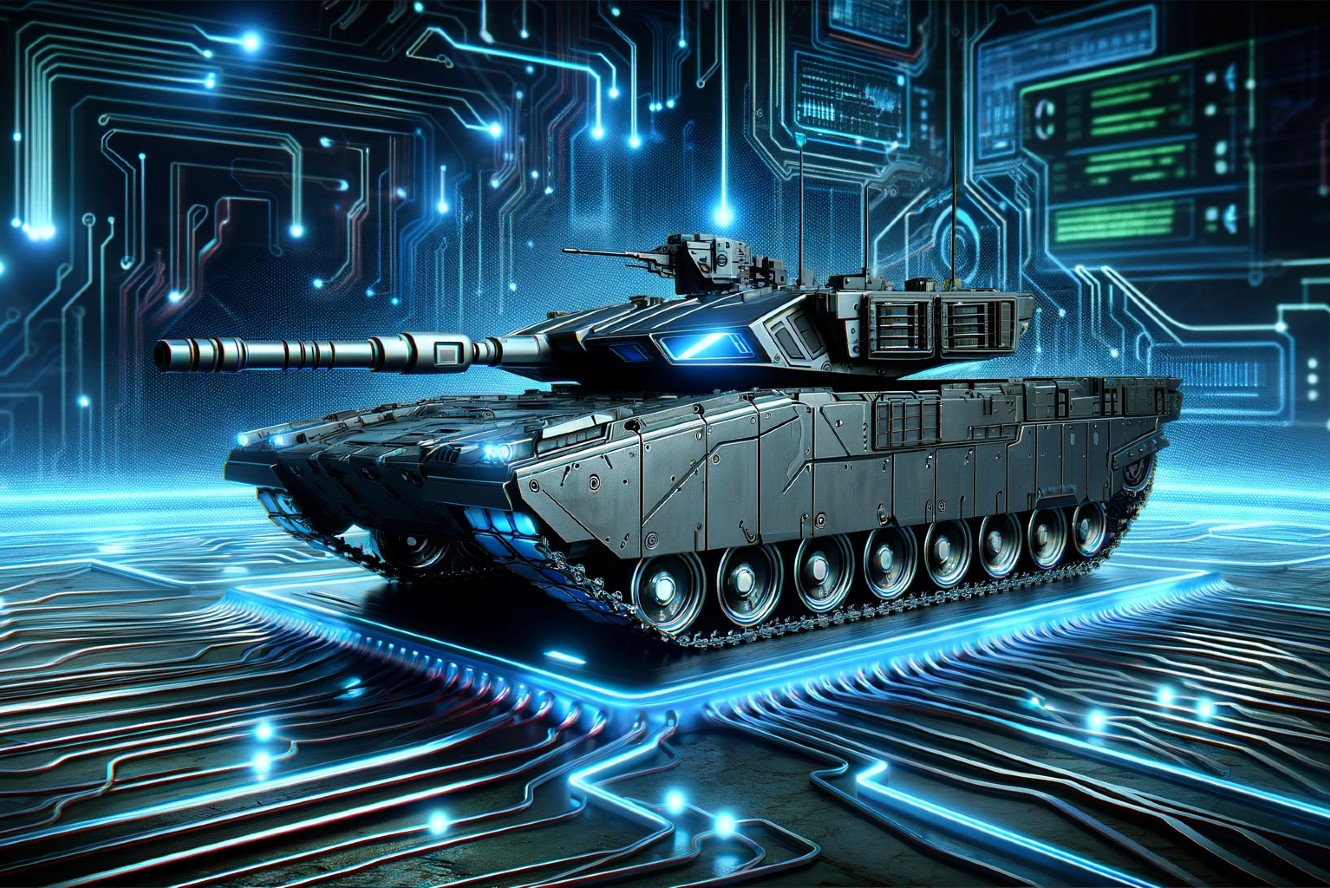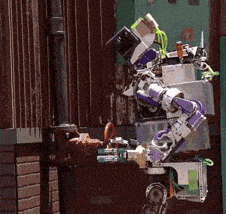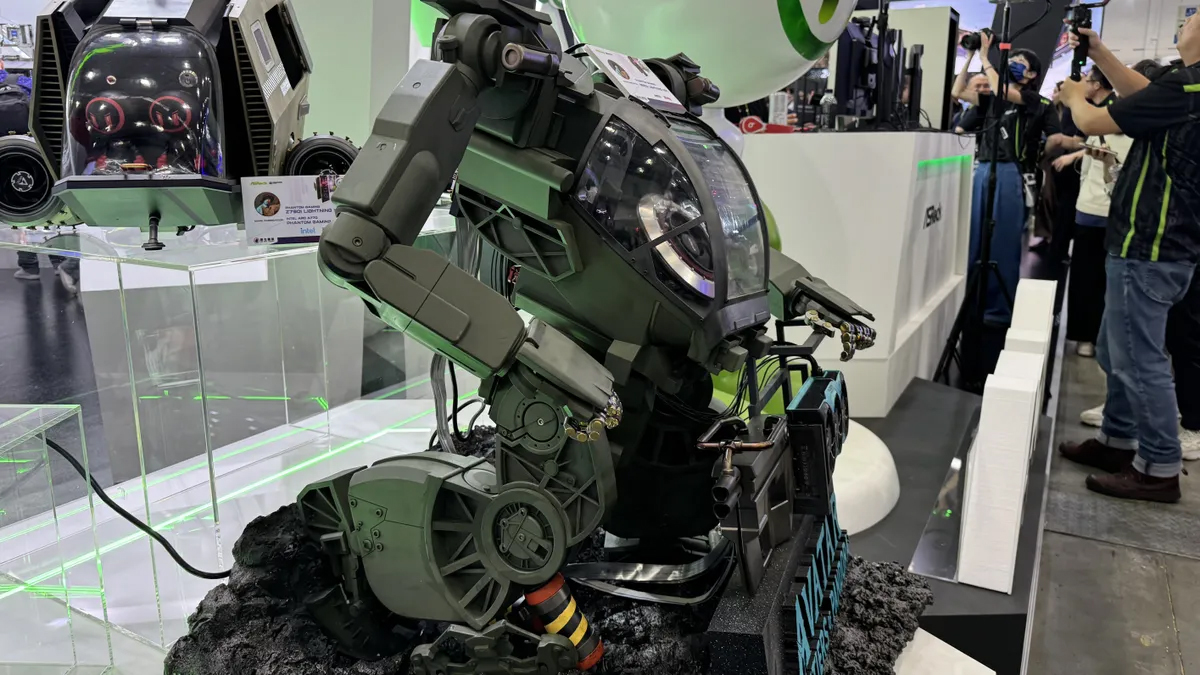- TECHSWU
- Posts
- TECHSWU #48
TECHSWU #48
Welcome to TECHSWU, your go-to destination for all things tech that matter in your daily life!



The article discusses the growing demand for electric vehicles (EVs) and the impact they will have on energy production and distribution. Here are some highlights from the article:
• The introduction of EVs necessitates the development of smart grids with integrated renewables to ensure carbon-free energy generation.
• The COVID-19 pandemic provides an opportunity to construct sustainable infrastructure and promote EVs as a solution to job loss and climate change.
• There are technical, social, and financial challenges that need to be addressed in order to fully transition to carbon-free energy.
• A comprehensive understanding of the socio-technical difficulties and market study of EVs is necessary for aspiring entrepreneurs.
• The development of smart grids and EVs is driven by the shift towards smart eco-cities and the advantages of using EVs for power delivery and charging.
• The selection of batteries and associated technologies, as well as control, automation, and optimization, are critical for effective and reliable power distribution in smart grids.
• The advancement of sustainable alternatives is driven by institutional innovations, regulatory policies, and governmental interventions.
• The proliferation of smart grids and EVs relies on factors such as user perception, cost considerations, incentives, public awareness, and behavioral shifts.
Overall, the article emphasizes the need for CEOs, policymakers, and the government to embrace the shift towards electric vehicles and smart grids for a sustainable future.

As Western militaries contemplate the introduction of electric vehicles (EVs) into their fleets, they must also consider the cybersecurity risks associated with this transition. Future military EVs will be equipped with computerized systems and will rely on highly connected charging infrastructure, making them vulnerable to cyber attacks. Adversaries may attempt to compromise these vehicles to gather sensitive information or undermine operational effectiveness. The article highlights three areas of innovation in military mobility that raise specific cybersecurity concerns: the adoption of all-electric vehicles, the hybridization of heavier combat vehicles, and the growing connectivity of military vehicles. Cyber attacks targeting military vehicles could put lives at risk, destabilize power grids, and enable adversaries to spy on senior officers or track unit movements. To mitigate these risks, militaries must adopt a secure-by-design approach, secure the cyber supply chain, increase data flow protection, and implement measures such as encryption and red teaming. Contingency plans and training in degraded environments are also essential for cyber resilience in military operations.


Business leaders need to step up their own training in artificial intelligence (AI) to effectively lead and navigate the technology's pitfalls, according to David De Cremer, business school dean at Northeastern University. De Cremer argues that poor or lacking leadership is often the reason for failed AI projects, as leaders don't understand the technology or refuse to immerse themselves in it. They must become AI-savvy leaders who recognize the benefits of AI and identify opportunities in team workflows. In addition to staying on top of AI developments, leaders should promote in-house workshops and on-the-job training to foster understanding among executives and staff. It's crucial for leaders to promote AI as a way to help people work better, rather than automate them out of their jobs. Emotional intelligence and soft skills are also important for leaders in the age of AI.

In this article, titled "Moving AI to the mainstream," the authors discuss the implementation of artificial intelligence (AI) in cities and how it can empower them to address everyday tasks as well as long-term challenges. They provide a blueprint for cities to follow when integrating AI into their workflows. Some highlights from the article include:
• The democratization of AI is making it more accessible for cities to leverage its capabilities.
• AI can be used to improve efficiency and effectiveness in urban transportation, energy management, public safety, and more.
• The authors emphasize the importance of collaboration between city officials, technology providers, and citizens to ensure the successful adoption of AI.
• Data privacy and security should be prioritized when implementing AI systems in cities.
• AI can help cities become more resilient, sustainable, and inclusive.
Overall, the article emphasizes the potential of AI in transforming cities and improving the quality of life for residents.

Robots are now working at a Starbucks in South Korea, serving coffee and other items to the staff. The Starbucks is located in Naver 1784, the new office building of South Korean tech company Naver. The office is described as a "giant testbed" where the company experiments for a better future. The robots, called "Rookie," are autonomous wheeled robots that navigate the building to deliver coffee, packages, and lunch. These robots are assisted by dual-armed robots called "Armidex" that have safer human interactions. They are connected to Naver's ARC system, which allows control of the entire robot fleet. The company has also developed a RoboPort elevator system to quickly move the robots between floors. Naver's use of robots in a real-world setting is a glimpse into the possibilities of future robot integration in various service sectors.


Researchers from Uppsala University and Karolinska Institutet in Sweden have developed a robotic hand that can effectively sense touch similar to humans, potentially leading to advancements in tactile prosthetics and robotics. The hand utilizes an artificial tactile system that replicates the human nervous system's response to touch. It consists of an electronic skin with sensors, artificial neurons that convert touch signals into electrical pulses, and a processor that identifies objects. The system has the ability to learn and identify a diverse range of objects and surfaces. The researchers are also working on developing the system to detect pain, heat, and the material of the object being touched. The technology could have applications in improving interactions between humans and robots or prosthetic hands, monitoring movement dysfunctions in medical conditions, aiding in stroke recovery, and preventing falls in patients. The research has received significant funding from various esteemed organizations.

The increasing overlap between art and artificial intelligence (AI) is sparking both celebration and worry. Artists are exploring the merging of nature and artificiality, creating visually strange works that blur the line between the two. French artist Pierre Huyghe's latest work, "Camata," features robots powered by AI filming the unburied remains of a man and performing a mysterious ritual in the Atacama Desert in Chile. While some artists are intrigued by the potential of AI to push the boundaries of artistic expression, there are concerns about the threat AI poses to other disciplines and even humanity itself. Frightening scenarios exist where AI systems could have control over government and military decisions, creating grave threats to society. The question remains: should AI continue to infiltrate the art world, and what are the potential consequences?


The UN's "AI for Good" summit recently took place in Geneva, focusing on how AI can be used to achieve the UN's Sustainable Development Goals. The conference brought together global AI experts, including speakers from China, the Middle East, and Africa, promoting diversity and a more global conversation around AI. However, the conference also highlighted some concerning issues with AI. Climate activist Sage Lenier discussed how AI can accelerate environmental destruction, and Tristan Harris, co-founder of the Center for Humane Technology, connected social media addiction to the failure to learn from previous tech booms. Additionally, there are still deeply ingrained gender biases in tech that need to be addressed. The conference failed to have in-depth discussions about transparency, sustainability, and inclusion in AI. OpenAI's CEO Sam Altman was a featured speaker at the summit, but the conversation about AI safety remained vague and left many unanswered questions. Overall, while the conference aimed to focus on using AI for good, there was a lack of discussion about important issues surrounding AI development and deployment.


L+R, the design and technology studio and strategy consulting firm, has launched an Emerging Technology Accelerator Program (ETAP) in partnership with Apple Vision Pro. The program is designed to give small and medium-sized businesses (SMBs) and enterprises an early look at Apple Vision Pro and help them innovate with spatial computing. The ETAP will offer educational workshops, imagination sessions, and proof of concept creation for participants. It aims to provide participants with practical knowledge and experience to transform innovative ideas into practical applications. The global augmented reality market is growing steadily, and the Apple Vision Pro represents a significant advancement in the field. The program is open for applications, and participants will be selected on a rolling basis starting from June 5, 2024.


Healthtech startup Spike has raised $3.5 million in seed funding for its non-diagnostic RAG AI (Retrieval Augmented Generation) products. Spike offers white-labelled SDKs for health professionals and end-users in IoT and wearable tech, providing a solution for safely and compliantly incorporating AI into their applications. With the healthcare industry accounting for 30% of the world's data volume, there is a growing demand for AI integration in healthcare and health tech businesses. However, these businesses face strict regulatory compliance, intense competition for AI engineering talent, lengthy development timelines, and high costs. Spike's RAG AI products aim to address these challenges and offer solutions such as personal trainer co-pilots for fitness progress summaries, dietitian co-pilots for nutrient value assessments, and physician co-pilots to detect early anomalies. The funding will support Spike's development of regulatory-compliant Generative AI products and expansion to support a broader range of medical, wearables, and IoT sensor data aggregation.

Computex 2024, one of the biggest tech expos, is currently taking place in Taipei, Taiwan. On the second day of the event, several exciting new gadgets were unveiled. Here are some highlights:
• Intel introduced its latest chips, the Lunar Lake series, which are aimed at competing with Qualcomm's Snapdragon chips. These chips have the power to meet Microsoft's standards for AI laptops.
• MSI showcased the Claw 8 AI Plus, an upgraded version of its handheld PC. It features a larger 8-inch screen and improved CPU performance.
• Asus unveiled a new lineup of Wi-Fi 7 routers that promise "wire-like performance", offering lightning-quick download and upload speeds.
• PNY introduced the Aftershock Bubble Tea PC, a liquid-cooled custom gaming PC inspired by the Taiwanese drink.
• Zotac debuted the Zotac Zone, a handheld PC with a 7-inch AMOLED screen and powerful AMD Ryzen processor.
• Cooler Master presented the Throne X, a gaming chair/stool that converts audio vibrations into haptic feedback.
• ASRock showcased a fully functioning robot-shaped PC inspired by the movie Avatar.
These new gadgets offer exciting advancements in computing and gaming technology, and attendees of Computex 2024 can look forward to seeing even more innovative products throughout the week.

Data centers, which are the physical engines behind the internet and the cloud, are experiencing a boom as more are being built larger and more energy-intensive than ever before. Last year, data centers worldwide had room for 10.1 zettabytes of information, and this capacity is expected to double by 2027. Cloud computing and artificial intelligence are driving the need for data centers, with Amazon, Google, and Microsoft owning 65% of global data center capacity. These companies are racing to control the market, as data centers are becoming essential infrastructure for companies to run their operations. Startups, especially AI startups, also rely on data centers owned by Big Tech to access large language models and gain funding. However, concerns have been raised about the possibility of monopolization and anticompetitive behavior as these companies try to cement their positions in the data center market. Currently, there is still competition in terms of pricing and features, but regulators and researchers are keeping a close eye on how data center ownership may impact innovation.
/cdn.vox-cdn.com/uploads/chorus_asset/file/25476438/Gen_3_Cube_Rendering.png)
Climeworks, a startup focused on direct air capture (DAC) technology, has unveiled its Generation 3 plant, which aims to filter carbon dioxide out of the air at half the cost and energy consumption of previous designs. DAC technology has the potential to reduce carbon pollution in the atmosphere, but its high costs have hindered its widespread adoption. Currently, there are only about two dozen DAC plants around the world capable of drawing down 0.01 million metric tons of CO2 per year, a fraction of what is needed to combat climate change effectively. Climeworks' Generation 3 plant could help make DAC more viable and affordable, as the company claims it can reduce the cost of capturing CO2 to $250-350 per ton by 2030. Despite its potential, experts caution that carbon removal should not be seen as a substitute for reducing greenhouse gas emissions.

NASA has developed a new energy source that could power subsea robots indefinitely. The technology, created at NASA's Jet Propulsion Laboratory and licensed from the California Institute of Technology, uses phase-change materials to generate power. These materials transition between solid and liquid phases at certain temperatures, and the change in volume during the transition is used to spin a motor and generate electricity. Subsea robots equipped with this energy source can operate in the open ocean without any intervention, as they can recharge their batteries by changing depth and temperature. The new energy source has various applications, including mapping the seafloor, monitoring underwater conditions for offshore operations, improving hurricane predictions, and studying marine habitats. The technology has been commercialized by Seatrec, Inc., which currently sells power modules for diving floats to research labs and government researchers. Seatrec is also working on powering underwater gliders and developing a power station for more energy-intensive applications.
